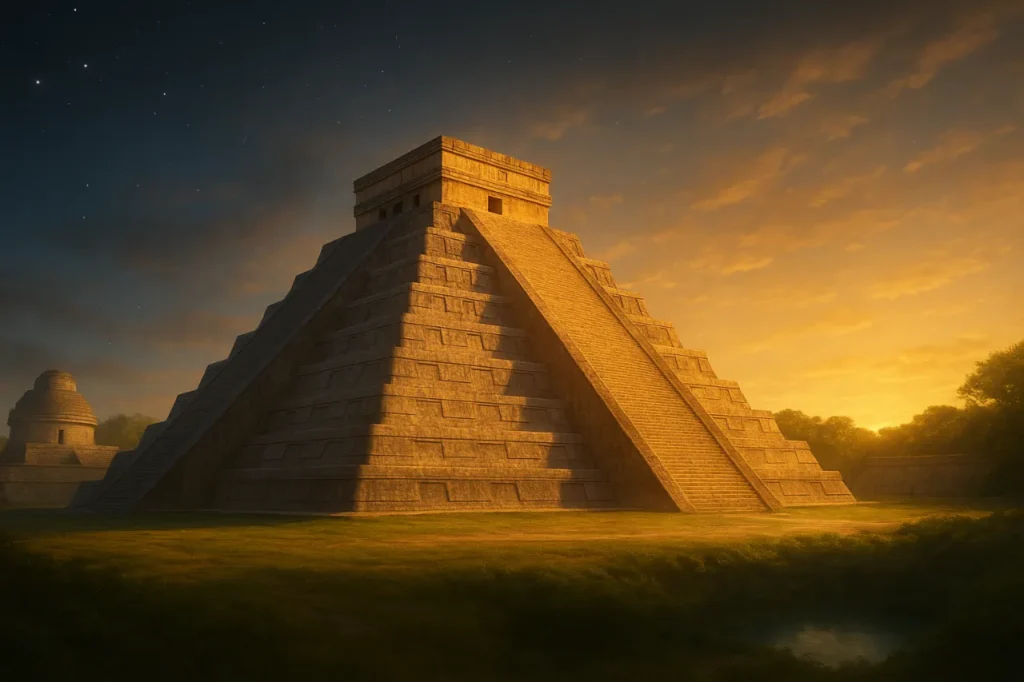Tulum is famous for its cenotes, bodies of water that offer a unique experience in nature. These spaces are part of the geography of the Riviera Maya and have great historical and cultural significance for the region. Tulum’s cenotes vary in type and characteristics. From the open cenotes to the underground ones, each one offers special activities for visitors. In addition, they are important for the local ecosystem and require conservation measures.



Visiting the cenotes in Tulum can be an unforgettable experience. Having some practical tips is essential to enjoy this natural adventure to the fullest.
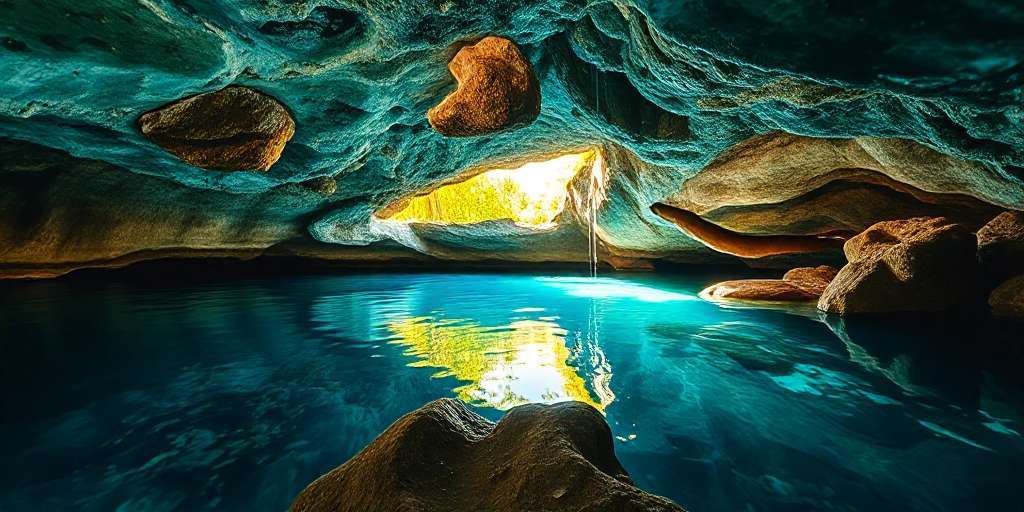
Understanding the Cenotes of Tulum
Cenotes are distinctive features of the region, offering a deep connection between nature and local culture. Their definitions, historical significance, and the different categories that can be found in Tulum are explored below.What are cenotes?
The word cenote comes from the Mayan term «dzonot», which designates a natural well of water. These bodies of water are formed when limestone rocks collapse, causing groundwater exposure. Generally, the water in the cenotes is fresh and crystal clear, making them an attraction for tourism, recreation, and local biodiversity.Historical and Cultural Significance in the Riviera Maya
Cenotes have been crucial elements in the history of the Mayan peoples who inhabited the region. They were not only sources of fresh water, but also had a sacred role in rituals and ceremonies. Some cenotes were considered portals to other dimensions, which led to the practice of offerings and sacrifices in their waters. Over the years, valuables have been found in these places, such as jewelry and pottery, which attest to their significance in ancient cultures. This cultural connection is kept alive today, as many visitors are drawn to the spirituality and natural beauty of these sites.Tulum Cenotes: Types of cenotes in Tulum
Cenotes in Tulum can be classified into various categories, each with unique characteristics. This classification provides a guide on what type of cenote to visit according to personal preferences and the activities you want to do.Open Cenotes
These are fully visible cenotes, with a water-filled basin surrounded by lush vegetation. They are ideal for activities such as swimming and diving. Notable examples include the Gran Cenote and Cenote Carwash.Semi-Open Cenotes
Semi-open cenotes have part of their roof intact, making it easier for natural light to filter through and create a visually stunning environment. A good example of this type is the Cenote Ik Kil, which is widely visited for its beauty.Underground Cenotes
These cenotes are located within underground cave systems and are completely covered. Its mysterious atmosphere provides a unique diving experience, as is the case with Cenote Choo-Ha. The lack of natural light adds a special and adventurous touch.Exploring Tulum’s Main Cenotes
Tulum’s cenotes are must-see destinations for their natural beauty and the unique experiences they offer. Below are some of the most outstanding cenotes in the region.Great Cenote
Attractions and activities
The Gran Cenote is one of the most well-known cenotes to visit and is ideal for water activities. With its crystal clear waters and a network of interconnected caves, it is a perfect place for swimming and snorkeling. Visitors can explore its underwater formations, observing the marine life that inhabits its depths. In addition, its environment surrounded by lush vegetation also invites you to relax and enjoy the scenery.Entrance fee and opening hours
Access to the Gran Cenote costs approximately $500 pesos, which includes services such as dressing rooms and rest areas. It is open from 9:00 a.m. to 5:00 p.m., and it is advisable to arrive early to avoid the crowds and enjoy a quieter experience.Cenote Dos Ojos
Scuba diving and snorkeling at Cenote Dos Ojos
Cenote Dos Ojos stands out for its impressive underground cave system that makes it a paradise for diving lovers. This cenote, named for the shape of its two main ponds, offers spectacular views of stalactites and stalagmites during the dive. The water is extremely clear, allowing you to explore its deepest corners and enjoy a unique visual experience.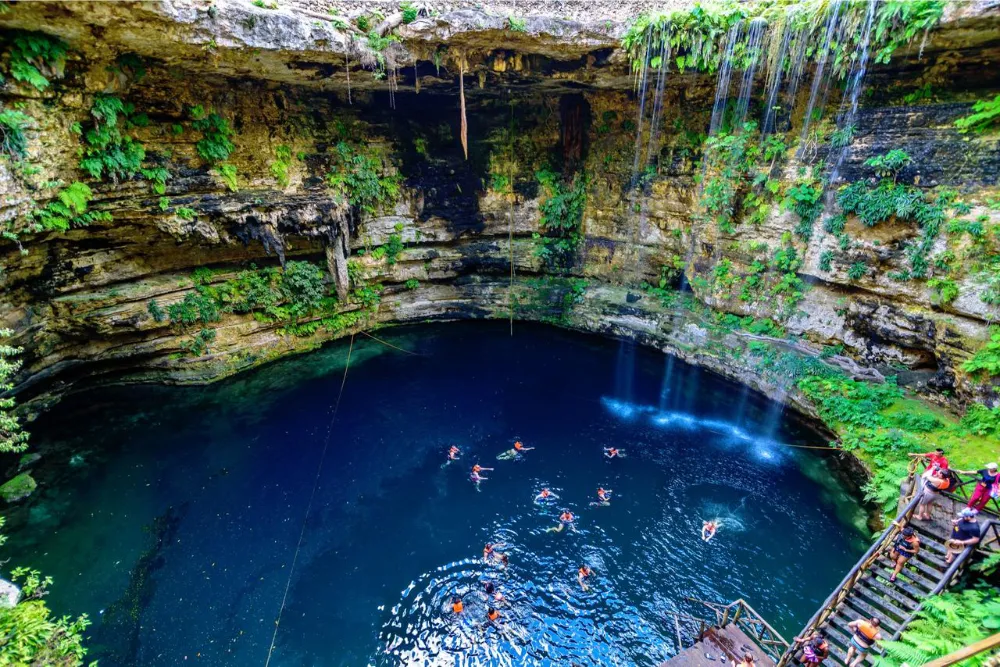
Outstanding geological formations
The geological formations present in Cenote Dos Ojos are amazing. You can see different types of stalactites and stalagmites that have taken peculiar formations over the years. This cenote is also part of an extensive cave system that connects to other cenotes, making it particularly attractive to explorers.Cenote Sac Actun
Cave system and unique features
Cenote Sac Actun is famous for being one of the longest cave systems in the world. This cenote offers a fascinating experience thanks to its wide cavities and turquoise waters. Exploring this cenote can lead visitors to discover spectacular rock formations and dive areas that are ideal for those seeking adventure. Its mysterious and tranquil atmosphere transforms every visit into a memorable experience.Guided Tour Options
For those who want to delve deeper into exploring Sac Actun, there are several guided tour options available. These tours are designed to teach about the geological and cultural history of the cenotes, thus forming an educational experience. Specialized guides provide information about the fauna and flora of the region, as well as the cultural importance that these bodies of water have for the Mayan civilization.Other recommended cenotes in Tulum
The cenotes surrounding Tulum offer a variety of unique experiences. Each one has an atmosphere and characteristics that make them ideal for different activities. Below are some additional cenotes worth visiting.Cenote Calavera
This cenote is famous among locals and tourists alike for its charming atmosphere and peculiar shape reminiscent of a skull. Its depth offers an exciting experience for those looking to venture out by jumping into the water.Jump and Deep Experience
Cenote Calavera has several jumping platforms at different heights. The most daring can enjoy jumps from heights of up to 4 meters. The depth of the cenote, which varies between 3 and 5 meters, allows for a safe and fun experience for visitors. It is an ideal place to swim and relax, being a good option on hot days.Tips for the visit
- It is recommended to bring water and some snacks to enjoy after swimming.
- Wear appropriate footwear for walking on rocks, which can be slippery.
- Bring underwater cameras to capture the moments of jumping and the beauty of the place.
Cenote Cristal
This cenote is known for its incredibly clear waters and natural surroundings that invite relaxation. It is perfect for those looking for a quiet place to enjoy the water and nature.Natural landscapes and water activities
Cenote Cristal stands out for its lush vegetation and its pure, transparent water, which allows you to see the bottom. This cenote offers opportunities for swimming and snorkeling. The clarity of the water makes observing aquatic fauna a unique experience. Visitors can enjoy a serene natural environment, full of life.Available services
- Showers and dressing rooms for the comfort of visitors.
- Shaded areas to relax after swimming.
- Parking and picnic areas to enjoy a full day.
Cenote Casa Tortuga
Cenote Casa Tortuga is known for its variety of services and the tranquility it offers its visitors. It is an ideal place for families and groups looking to spend a day outdoors in beautiful surroundings.Tour of the park’s cenotes
This cenote is part of a park that has several interconnected cenotes. Visitors can explore different areas, each with its unique characteristics. You can find paths surrounded by nature that facilitate access to various points of the park, perfect for a relaxing walk.Additional Services and Amenities
- Snorkeling equipment and kayak rental to make the most of the water.
- Restaurant and food area where you can taste typical dishes of the region.
- Organised activities, such as workshops on local flora and fauna, are available on request.
Planning your Visit to the Cenotes
Organizing a visit to the cenotes can enrich the experience and ensure that you make the most of every moment. Knowing the best times, the necessary equipment and conservation measures will help to enjoy these natural wonders responsibly.Best time to visit
Choosing the right time to explore the cenotes is crucial to fully enjoying the experience. Tulum has a tropical climate, with its own characteristics in each season.- Dry Season (November to April): During these months, the weather is cooler and drier, making outdoor activities easier. This is considered the best time to visit the cenotes, since the influx of tourists is high, but you can still enjoy the beauty without too much overwhelm.
- Wet season (May to October): This time can bring heavy rains and high humidity. However, cenotes are often reinforced by rainfall, which enhances their visual appeal. It is important to anticipate some rainfall and opt for flexible visiting hours.
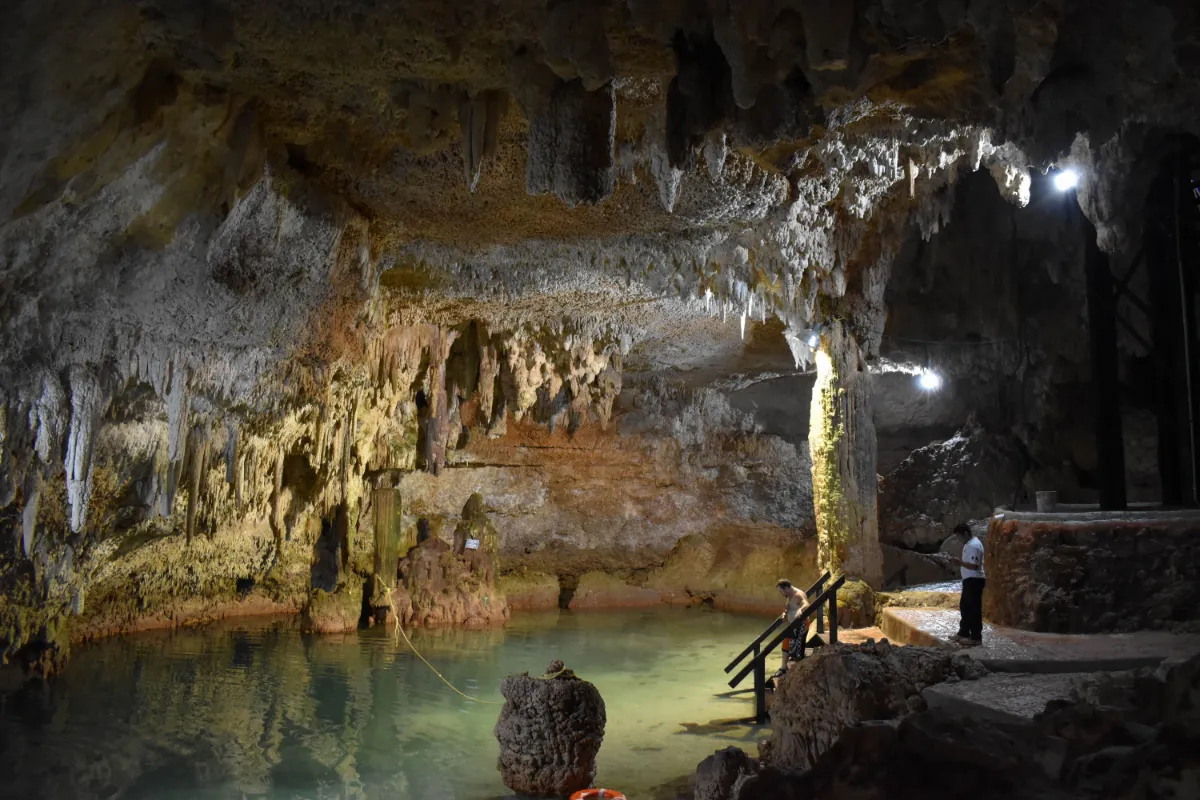
Equipment needed to explore the cenotes
Having the right equipment can make visiting the cenotes more pleasant and safer. Here’s what is recommended to bring:- Swimsuit: It is essential for enjoying water activities, such as swimming or diving.
- Towel: To dry off after swimming and maintain comfort during the visit.
- Sandals or water shoes: They help protect your feet when walking on rocks or in water.
- Biodegradable sunscreen: To take care of the skin and the ecosystem, it is essential to opt for sunscreens that do not harm aquatic fauna.
- Snorkel or diving equipment: If you plan to do these activities, bringing your own equipment is convenient and will make the experience more pleasant.
- Reusable Water Bottle: Staying hydrated is vital, especially in the region’s warm climate.
Environmental conservation and protection measures
The preservation of cenotes is essential not only for nature, but also for future generations of visitors. It is essential to follow certain guidelines:- Respect the rules of the cenote: Each cenote may have specific rules to ensure the safety of visitors and the integrity of the place.
- Avoid the use of single-use plastic: Reducing plastic waste contributes significantly to the conservation of the local ecosystem.
- Do not disturb wildlife: Keeping an appropriate distance from wildlife and not feeding animals helps maintain their natural behavior.
- Learn about the history of the cenote: Understanding the cultural and ecological significance of each cenote can foster greater respect for them.
- Participate in cleanup activities: Some cenotes host events to clean up the area; Participating in these events helps to conserve the environment.
Complementary Activities and Excursions
Complementary activities and excursions in Tulum provide the opportunity to enrich the experience, exploring not only the cenotes, but also the natural and cultural environment that surrounds them. From guided tours to cultural activities, everything contributes to a deeper discovery of the region.Tours and excursions in nearby cenotes
Tours in nearby cenotes have become popular due to the diversity of options and the scenic beauty they present. These tours are ideal for those who want to explore several cenotes in a single day. Tour operators offer packages that include transportation, entrance fees, and expert guides who share valuable information about the region.- Cenote Dos Ojos: This tour includes access to two interconnected cenotes, allowing you to snorkel and explore the impressive infrastructure of the cave.
- Cenote Gran Cenote: Excursions can be organized that allow you to enjoy its crystal clear waters and the possibility of diving in its caves.
- Cenote Suytun: This cenote is famous for its natural light and photogenic surroundings. Tours to this cenote usually include photo sessions.
Routes and ways to get there
The routes to reach the cenotes can vary depending on the starting point in Tulum. It is advisable to consider transportation options to facilitate access to these natural destinations. Many cenotes are within walking distance of downtown Tulum.- By car: Renting a car is a convenient option. The roads are in good condition and allow you to quickly reach several cenotes.
- Bike: Tulum has excellent biking routes, allowing you to enjoy the scenery while accessing nearby cenotes.
- Public transportation: There are combis and buses that connect Tulum with the most popular cenotes. This option is economical and practical.
Cultural and educational experiences
Experiencing the Mayan culture is an essential complement when visiting the cenotes. Many tours offer cultural experiences that include visiting archaeological sites located near the cenotes. These activities allow you to better understand the connection between the cenotes and the Mayan civilization.- Traditional cooking workshops: Some tours include cooking classes where typical dishes of the region are prepared, allowing for complete cultural immersion.
- Visits to Mayan communities: Meeting the local inhabitants and participating in their activities is a way to understand the history and importance of cenotes in their worldview.
- Photography workshops: These workshops are focused on capturing the nature and architecture of the cenotes, providing tools to improve photography skills.
Ecological Impact and Sustainability
The conservation of cenotes in Tulum is critical to both the local ecosystem and the preservation of its rich cultural heritage. Massive influx of tourists and inappropriate practices can threaten these fragile ecosystems.Conservation projects in the region
Several projects have been implemented in Tulum to preserve the cenotes and their natural environment. Many local organizations work hard to educate the population and visitors about the importance of these bodies of water. Some of the initiatives include:- Reforestation of surrounding areas to preserve biodiversity.
- Cleaning programs to remove plastic waste and other contaminants from the cenotes.
- Courses and workshops on conservation practices and care for the environment.
- Collaboration with Mayan communities to safeguard their traditions and knowledge related to the sustainable use of water.
Rules for the preservation of cenotes
There are several regulations that seek to protect cenotes and ensure that visitors enjoy a clean and safe environment. Some of the regulations include:- Ban on the use of chemical sunscreen and non-biodegradable products.
- Limitation on the number of daily visitors to certain cenotes to avoid overexploitation.
- Optimisation of access routes to minimise the impact on the natural environment.
- Ensure that the establishments near the cenotes properly manage their waste.
How to contribute individually to sustainability
Conservation efforts depend not only on organized projects, but also on the individual action of each visitor. Some ways in which you can contribute are:- Use biodegradable sunscreens to protect both the skin and the aquatic ecosystem.
- Bring your own reusable water bottle to reduce plastic consumption.
- Follow the indications and rules established by the staff of the cenotes.
- Educating yourself about the local flora and fauna to better appreciate the biodiversity and environmental value.
 Practical Tips for Your Adventure
Practical Tips for Your Adventure
Visiting the cenotes in Tulum can be an unforgettable experience. Having some practical tips is essential to enjoy this natural adventure to the fullest.
Safety recommendations
Safety is an essential aspect when exploring cenotes. It is advisable to follow certain guidelines to ensure a pleasant and safe experience. Some points to consider include:- Check the water conditions: Before swimming, look at the clarity of the water and the depth of the cenote. Make sure conditions are safe to avoid accidents.
- Wear life jackets: If you are not an experienced swimmer, it is suggested to use life jackets, especially in deeper cenotes.
- Take care of your belongings: Many cenotes have designated areas to leave belongings, but it is advisable to carry only what is necessary to avoid loss or damage.
- Attention to regulations: Respect the rules and regulations of each cenote. All are designed to protect both visitors and the ecosystem.
What to bring on your visit
Preparing properly is key to enjoying the cenotes. Some recommendations on equipment and essential items are:- Swimwear: It is essential to wear a comfortable swimsuit suitable for water activity.
- Towel: It is useful for drying off and staying comfortable after swimming.
- Biodegradable sunscreen: Avoiding the use of harmful chemicals that affect the aquatic ecosystem is critical. Opt for environmentally friendly sunscreens.
- Suitable footwear: Wearing sandals or shoes that are easy to remove and offer protection when walking on uneven terrain is a good practice.
- Water bottle: Staying hydrated is crucial, especially in hot weather. A reusable bottle is an eco-friendly and convenient option.
Things to consider when choosing a cenote
Before deciding which cenote to visit, there are certain factors to consider. These aspects will influence the quality of the experience. Considering the following can be helpful:- Cenote type: The choice may depend on the type of cenote you prefer: open, semi-open or underground. Each one offers different experiences.
- Activities available: Researching what activities can be done in each cenote, from diving to snorkeling or just swimming, can help make a better decision.
- Attendance level: Some cenotes are more popular than others. To avoid crowds, it is recommended to visit the lesser-known ones or go at less crowded times.
- Conservation and care for the environment: Opting for cenotes that promote the conservation and protection of the natural environment is essential to enjoy a sustainable experience.

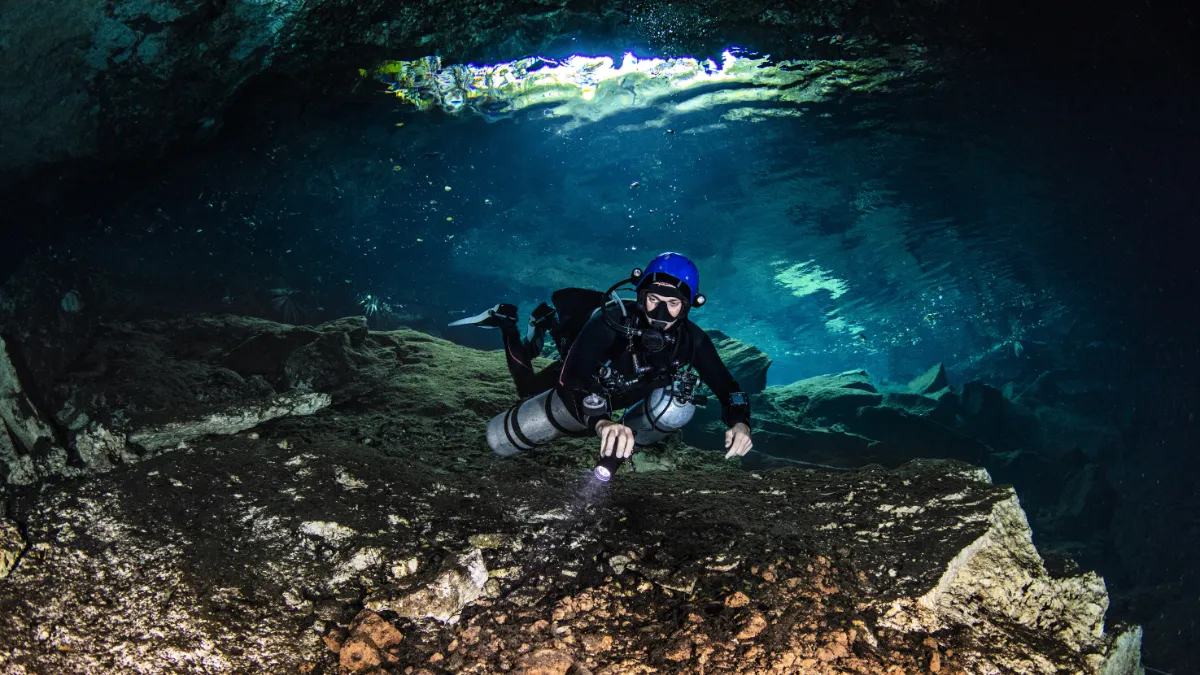
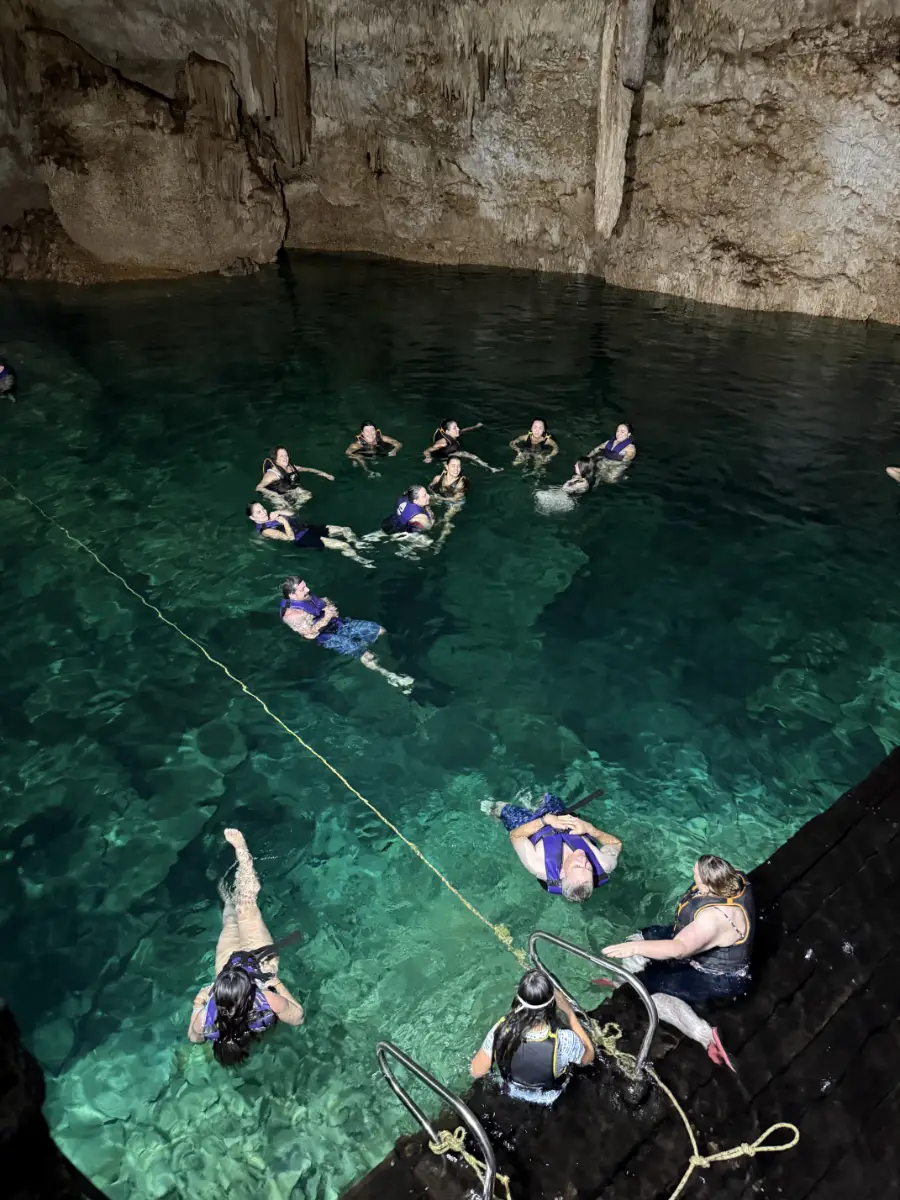 Practical Tips for Your Adventure
Practical Tips for Your Adventure